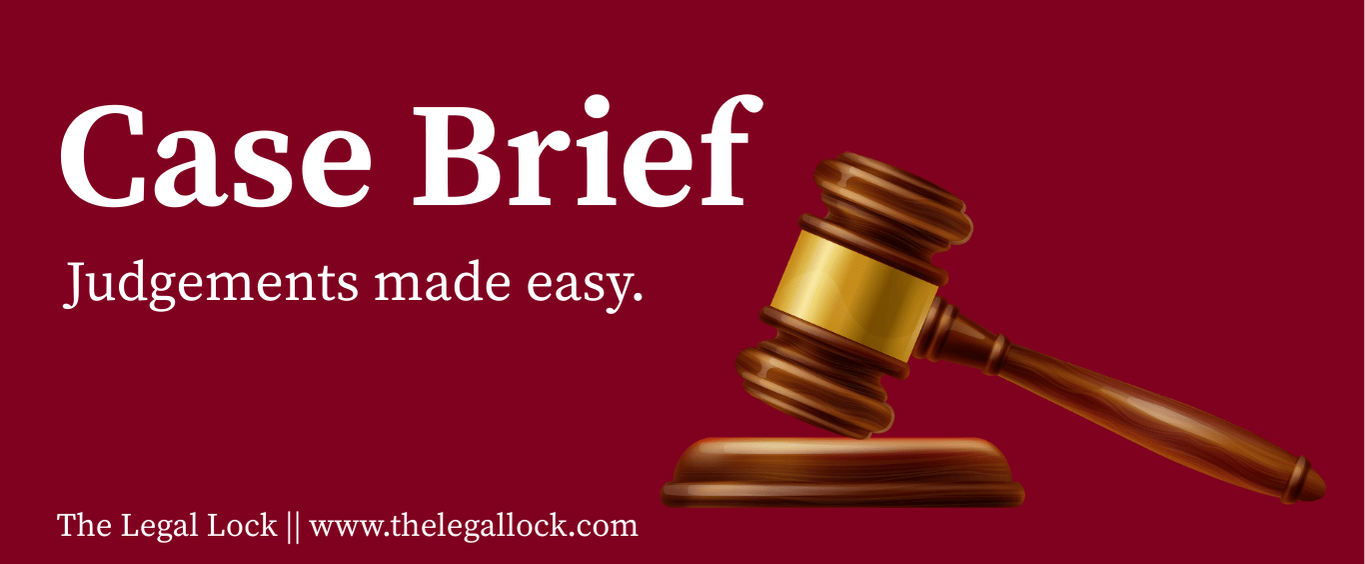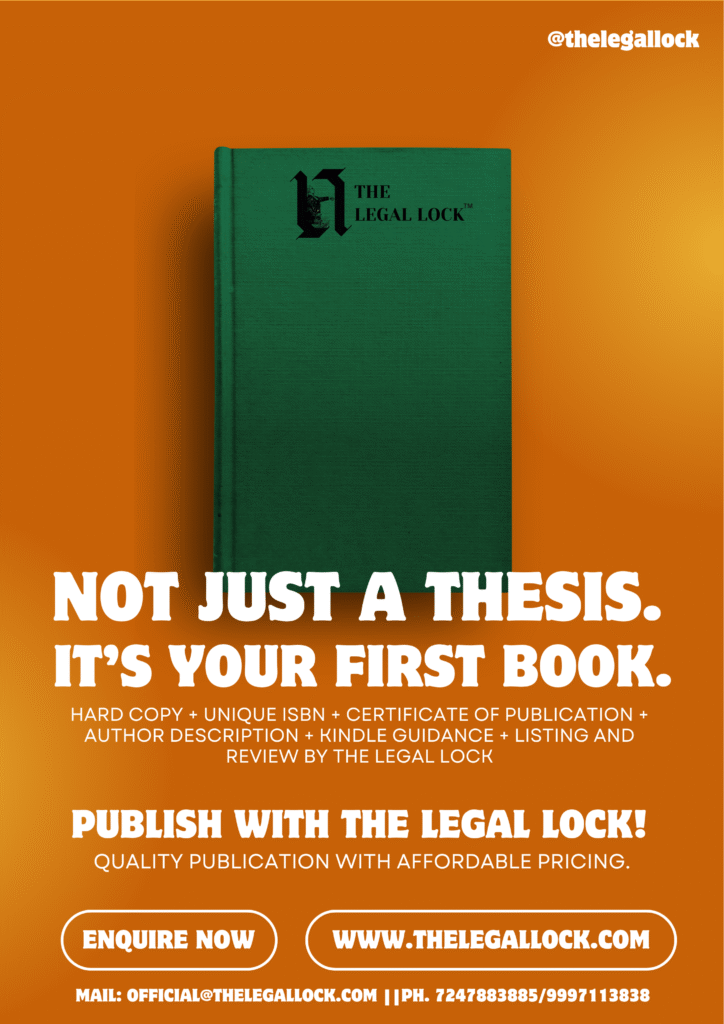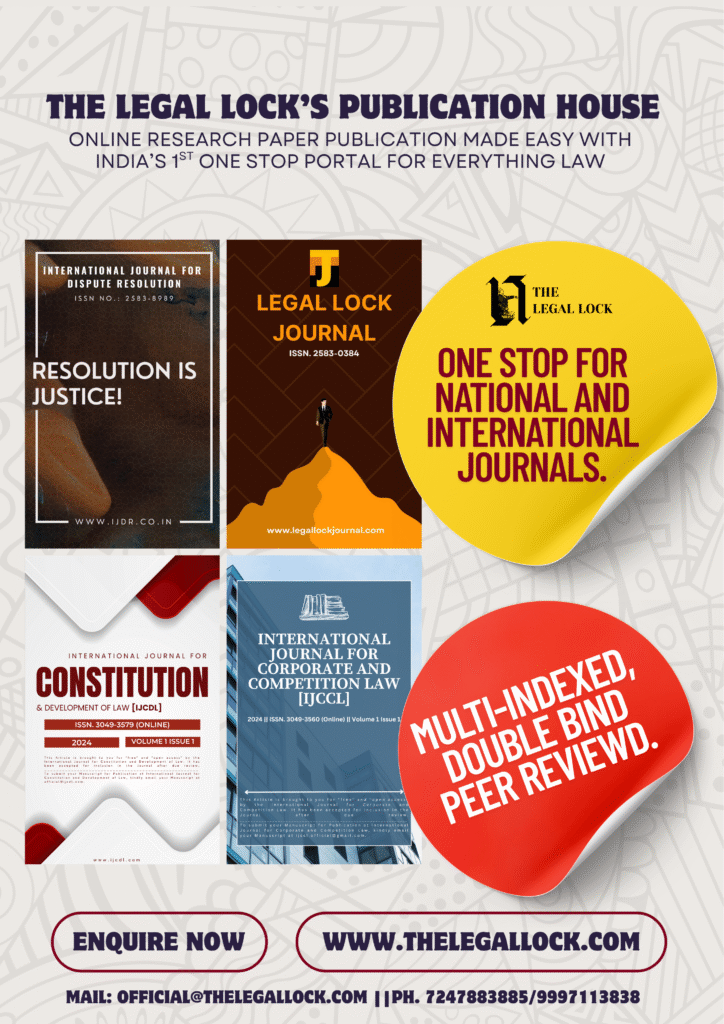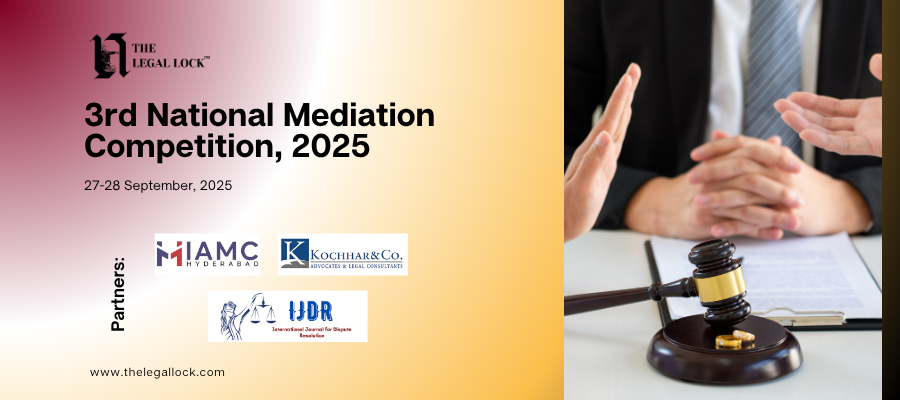Pharmaceutical Society of Great Britain v Boots Cash

| CASE NAME | Pharmaceutical Society of Great Britain v Boots Cash |
| CITATION | [1953] EWCA Civ 6; [1953] 1 All ER 482, [1953] 2 WLR 427 |
| COURT | Court of Appeal (UK) |
| BENCH | Lord Justice Somervell, Lord Justice Birkett, Lord Justice Romer |
| APPELLANT | Pharmaceutical Society of GB |
| DEFENDANT | Boots |
| DECIDED ON | February 5, 1953 |
INTRODUCTION
In this particular situation, the discussion revolves around the foundations of contract establishment. The case Pharmaceutical Society of Great Britain v Boots Cash highlights the distinction between an offer and an invitation to offer. An offer allows the other party to enter into a contract immediately upon acceptance, whereas an invitation to offer encourages the other party to engage in discussion and make an offer independently.
For instance, when we visit a bookstore, the display of books signifies that the proprietor is inviting the public to purchase them. Any passerby can enter the shop to buy a book or choose not to, with no legal obligation to act. Similarly, various advertisements function as invitations to offer rather than actual offers.
FACTS
- Boots Cash Chemists Ltd. transformed its branch pharmacy into a new style of pharmacy. The pharmacy used a self-service system. Before this system, the pharmacist maintained all medicines at the back of the counter and aided in obtaining what customers required. Now, the store arranges and displays these products on open shelves, allowing customers to choose them, place them in a shopping basket, and take them to the counter for payment. A registered pharmacist operated the counter. When a customer purchased a drug, the registered pharmacist supervised the sale and had the authority to stop it if necessary.
- On 13 April 1951, two women purchased from Boots two parcels containing poison covered by section 18 of the Pharmacy and Poisons Act of 1933. The Pharmaceutical Society of Great Britain objected to this method.
- It initiated legal proceedings against Boots, alleging that a registered pharmacist had not supervised the two sales, thereby breaching section 18 [i] of the Act. According to society, the store offers products by displaying them, while customers accept the offer by selecting and placing them in the basket.
- The appeal of the pharmaceutical society was again lost, so they requested leave to appeal to the English Court of Appeal.
ISSUE RAISED
- At what stage of purchase in a self-serve store is an acceptance of the offer?
- Is the customer bound to a purchase once they place an item in their basket?
- Are Boots liable for poisons without a pharmacist’s supervision?
PLAINTIFF’S ARGUMENTS
One of the arguments the lawsuit made was that Section 18 (1) of the statute requires the supervision of a poison list of the consumer. When the consumer takes possession of the presented medicine, they accept it and complete the sale, even without a psychiatrist supervising the transaction. Because of this, the defendant is responsible for the same thing.
RESPONDENT’S ARGUMENTS
The defendant argued that the sale completes only when the buyer pays at the cashier’s desk under a registered pharmacist’s supervision.
JUDGEMENT
The Queen’s Bench Division and the Court of Appeal ruled in favor of Boots Cash Chemists. The court upheld the principle of providing an invitation to treat. According to the court, the presentation of goods was not an offer. Instead, it was an invitation to treat customers.
Customers make an offer when they select items and place them in the basket. When they bring medications to the pharmacist, the pharmacist decides whether to accept the offer. Since the buyer completed the contract at the cash desk under a pharmacist’s supervision, no breach occurred.
Section 18(1)(a)(iii) of the Pharmacy and Poisons Act, 1933, required supervision at the time of pharmaceutical sales. The two women purchased the poison-containing packages under the supervision of a trained pharmacist. Justice Somerwell considered Boots’ new method a better-ordered business approach.
The purpose was to let clients select desired items before finalizing the contract. The contract was finalized when the pharmacist accepted the item. In a typical case, after selecting an item, the customer cannot replace or choose another. They must pay for the item first. Therefore, this perspective should not be considered.
The Lord Chief Justice stated that this transaction was no different from typical store transactions.
When it comes to the issue described above, the system promotes self-service. The act of merely selecting a bottle of medicine from the shelf does not constitute accepting an offer to sell. The customer made a purchase-related offer. In addition, he stated that a licensed pharmacist carefully supervised the transaction. It would have been appropriate to reject the appeal.[ii] [n]
CONCLUSION
Offer vs. Invitation to Treat
The mentioned instance is a paradigmatic example of “offer” and “invitation to treat.” The Court of Appeal examined whether displaying pharmaceuticals constituted an offer or an invitation to treat.
Additionally, the court determined when the contract for pharmaceutical sales was formed. It also examined whether the defendants violated section 18(1)(a)(iii) of the Pharmacy and Poisons Act, 1933. The court dismissed the appeal by the Pharmaceutical Society and rejected all arguments. It clarified the legal position on the offer and invitation to treat. The invitation to offer comes before the offer and cannot be considered an offer. Its sole purpose is to advertise available products and invite purchases.
On the other hand, the giver makes an offer to obtain the recipient’s consent. The primary factor distinguishing an offer from an invitation to offer is the underlying goal.
The store proprietor did not intend to sell every item displayed in the store.
To make a purchase, the consumer can select the item they want and bring it to the cash register. To purchase the item in question, the consumer makes the offer to the outlet proprietor. They have the option of either accepting or declining the offer.
Court’s Ruling on Displaying Pharmaceuticals
The first question was whether displaying pharmaceuticals was an invitation to treat or an offer. The court rejected the argument that picking a poison packet and placing it in a basket constituted a sale. Instead, it upheld that the sale occurred only when the customer reached the cash counter. Displaying items in the shop is merely an offer to sell. Accepting that offer does not create a valid contract.
The second question was whether this violated section 18(1)(a)(iii) of the Pharmacy and Poisons Act, 1933. The court ruled that no contravention occurred since the sale happened at the cash counter under a pharmacist’s supervision. The decision to dismiss the appeal was correct. The significance of this judgment cannot be overstated. The court upheld the invitation to treat concept and adhered to existing contract law.








